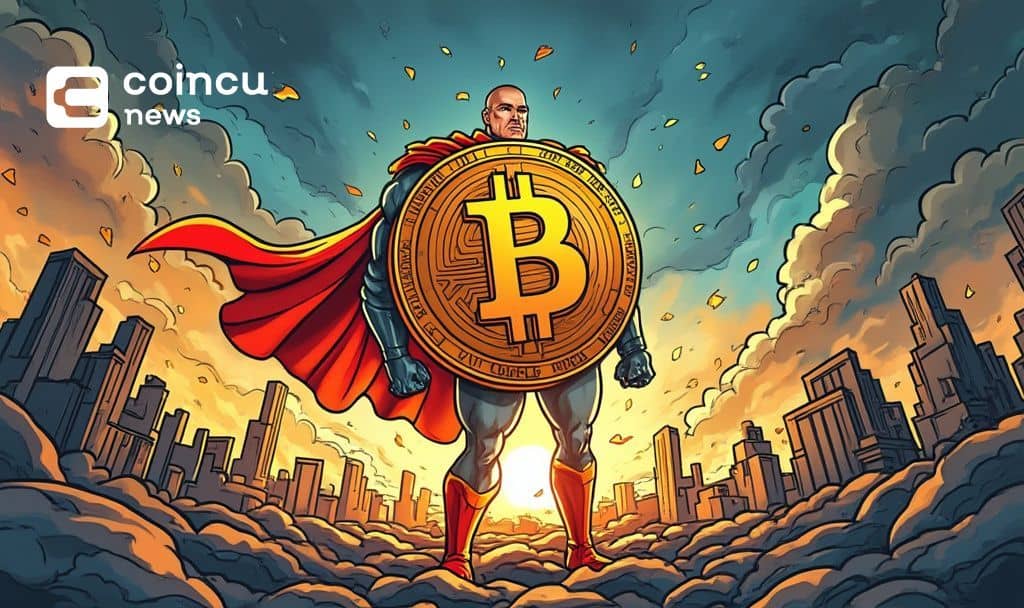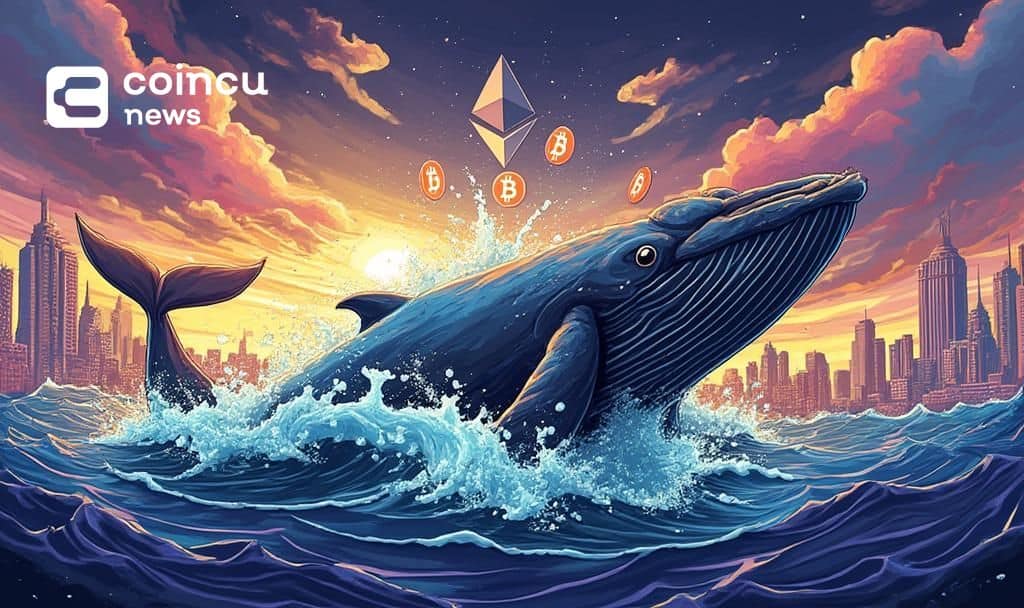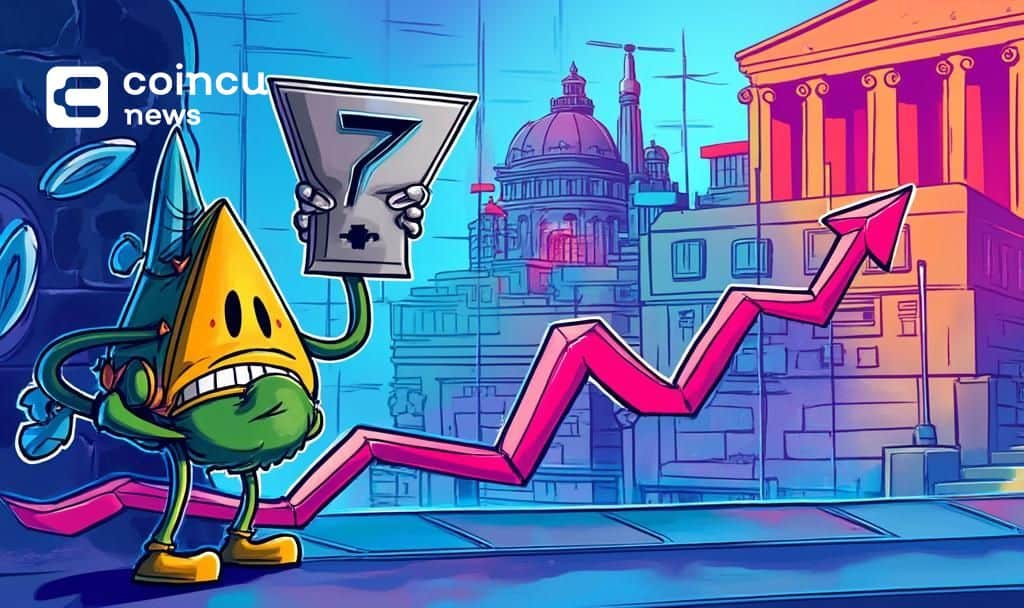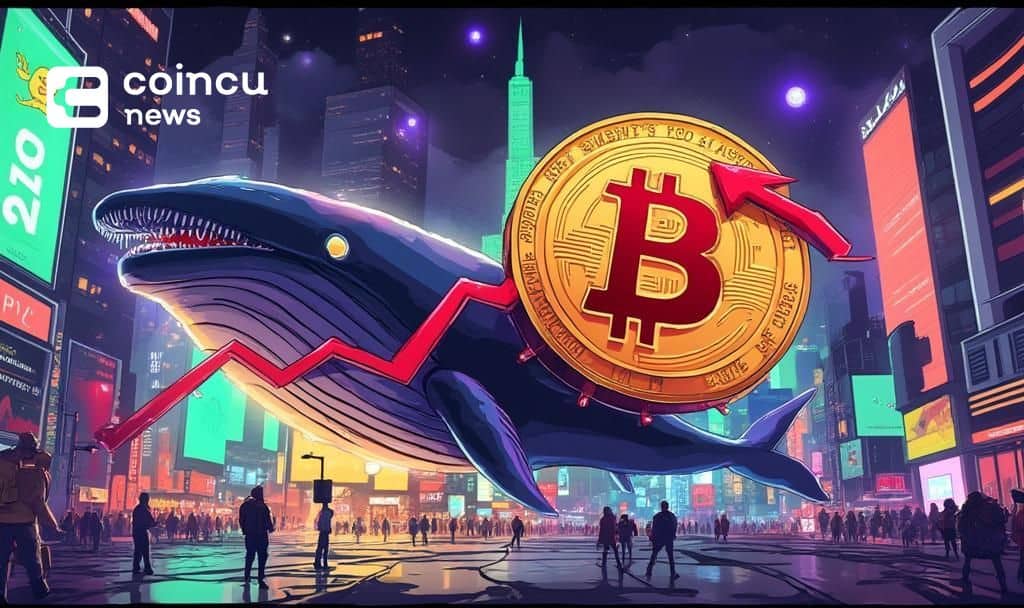The Graph update: GRT Live price, price chart, news and markets

The Graph
GRT


$0.03667
2.70%
Rank #113 | Category
defi
web3
ai
altcoin
erc-20
spl
halal
us
small-cap
inflationary
Market Cap


$390,777,475
Fully Diluted Market Cap


$0
Volume 

$8,536,247
The Graph Price Chart Update [GRT]
The Graph Price Update Today
About The Graph
“What if” Calculator
What would my profit have been if I invested
$
into
on the date


The Graph Markets
| # | Exchange | Pair | Price | Volume | Mkt Share | Recommend | |
|---|---|---|---|---|---|---|---|
| 1 |

|
Binance | GRT/USDT | $0.09440 | $2,638,041 | 12.34% |

|
| 2 |

|
HTX Global | GRT/USDT | $0.09439 | $2,397,386 | 11.22% |

|
| 3 |

|
Poloniex | GRT/USDT | $0.09430 | $1,706,626 | 7.98% |

|
| 4 |

|
MEXC Global | GRT/USDT | $0.09433 | $1,623,818 | 7.6% |

|
| 5 |

|
CoinW | GRT/USDT | $0.09441 | $622,078 | 2.91% |

|
| 6 |

|
Coinbase | GRT/USD | $0.09450 | $585,743 | 2.74% |

|
| 7 |

|
LBank | GRT/USDT | $0.09450 | $557,950 | 2.61% |

|
| 8 |

|
Bybit | GRT/USDT | $0.09438 | $554,973 | 2.6% |

|
| 9 |

|
Bitget | GRT/USDT | $0.09436 | $544,794 | 2.55% |

|
| 10 |

|
Gate.io | GRT/USDT | $0.09435 | $471,930 | 2.21% |

|
| 11 |

|
HitBTC | GRT/USDT | $0.09426 | $459,187 | 2.15% |

|
| 12 |

|
WhiteBIT | GRT/USDT | $0.09450 | $447,885 | 2.1% |

|
| 13 |

|
XT.COM | GRT/USDT | $0.09440 | $433,581 | 2.03% |

|
| 14 |

|
Toobit | GRT/USDT | $0.09450 | $401,679 | 1.88% |

|
| 15 |

|
Kraken | GRT/USD | $0.09437 | $400,864 | 1.88% |

|
| 16 |

|
BTCC | GRT/USDT | $0.09440 | $352,053 | 1.65% |

|
| 17 |

|
OKX | GRT/USDT | $0.09439 | $295,761 | 1.38% |

|
| 18 |

|
BTCTurk | GRT/TRY | $0.09516 | $241,169 | 1.13% |

|
| 19 |

|
ProBit | GRT/USDT | $0.09430 | $194,555 | 0.91% |

|
| 20 |

|
DigiFinex | GRT/USDT | $0.09434 | $186,253 | 0.87% |

|
| 21 |

|
Bitunix | GRT/USDT | $0.09430 | $168,237 | 0.79% |

|
| 22 |

|
Binance | GRT/USDC | $0.09440 | $160,108 | 0.75% |

|
| 23 |

|
Binance | GRT/TRY | $0.09512 | $150,552 | 0.7% |

|
| 24 |

|
KuCoin | GRT/USDT | $0.09461 | $134,216 | 0.63% |

|
| 25 |

|
BYDFi | GRT/USDT | $0.09430 | $134,080 | 0.63% |

|
| 26 |

|
BingX | GRT/USDT | $0.09420 | $104,194 | 0.49% |

|
| 27 |

|
Luno | GRT/MYR | $0.09549 | $95,067 | 0.44% |

|
| 28 |

|
Kraken | GRT/EUR | $0.09480 | $93,566 | 0.44% |

|
| 29 |

|
BitMart | GRT/USDT | $0.09440 | $84,390 | 0.39% |

|
| 30 |

|
Uniswap v3 (Arbitrum) | WETH/GRT | $0.09453 | $71,088 | 0.33% |

|
| 31 |

|
Coinbase | GRT/EUR | $0.09459 | $67,573 | 0.32% |

|
| 32 |

|
CoinEx | GRT/USDT | $0.09446 | $65,023 | 0.3% |

|
| 33 |

|
Uniswap v2 (Ethereum) | WETH/GRT | $0.09458 | $63,156 | 0.3% |

|
| 34 |

|
BTCTurk | GRT/USDT | $0.09486 | $59,026 | 0.28% |

|
| 35 |

|
Bitvavo | GRT/EUR | $0.09451 | $59,003 | 0.28% |

|
| 36 |

|
Coinbase | GRT/GBP | $0.09492 | $50,971 | 0.24% |

|
| 37 |

|
Binance | GRT/BTC | $0.09398 | $37,547 | 0.18% |

|
| 38 |

|
Crypto.com | GRT/USD | $0.09477 | $31,071 | 0.15% |

|
| 39 |

|
Binance | GRT/FDUSD | $0.09490 | $24,028 | 0.11% |

|
| 40 |

|
WhiteBIT | GRT/USDC | $0.09420 | $19,767 | 0.09% |

|
| 41 |

|
BitBank | GRT/JPY | $0.09504 | $17,678 | 0.08% |

|
| 42 |

|
Crypto.com | GRT/USDT | $0.09448 | $16,437 | 0.08% |

|
| 43 |

|
Binance | GRT/EUR | $0.09470 | $11,610 | 0.05% |

|
| 44 |

|
Exmo | GRT/USDT | $0.09440 | $11,609 | 0.05% |

|
| 45 |

|
Binance | GRT/ETH | $0.09446 | $11,148 | 0.05% |

|
| 46 |

|
Coinone | GRT/KRW | $0.09359 | $8,356 | 0.04% |

|
| 47 |

|
CoinEx | GRT/USDC | $0.09458 | $8,344 | 0.04% |

|
| 48 |

|
CoinEx | GRT/BTC | $0.09434 | $8,276 | 0.04% |

|
| 49 |

|
WhiteBIT | GRT/EUR | $0.09412 | $7,035 | 0.03% |

|
| 50 |

|
Exmo | GRT/USDC | $0.09500 | $6,472 | 0.03% |

|
Smart Contract





Polygon:
5fe2B5...9f5531
Copy | Add to Fund
Cir. Supply
11,405,656,558
Max Supply
11,405,656,558

 News
News Market
Market Knowledge
Knowledge Reviews
Reviews Recommended
Recommended Upcoming Event
Upcoming Event Coin
Coin
 Glossary
Glossary Convert
Convert


























